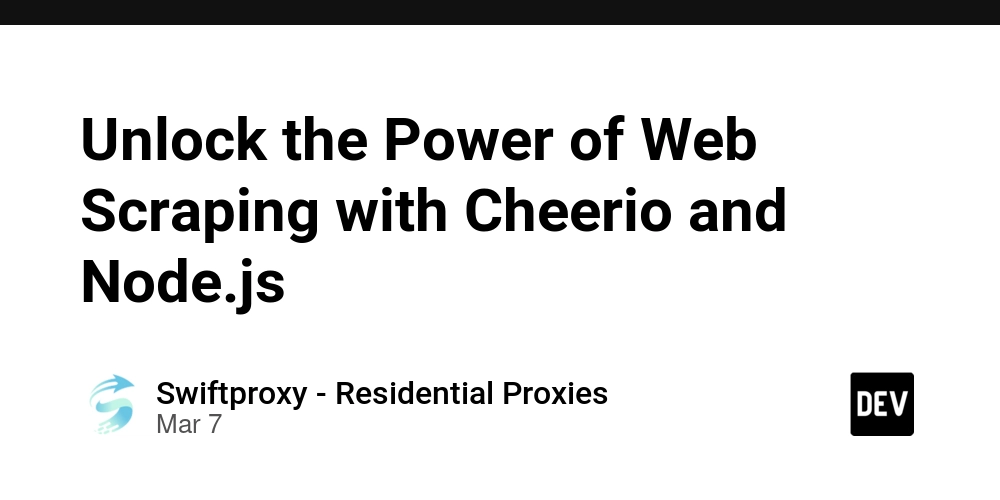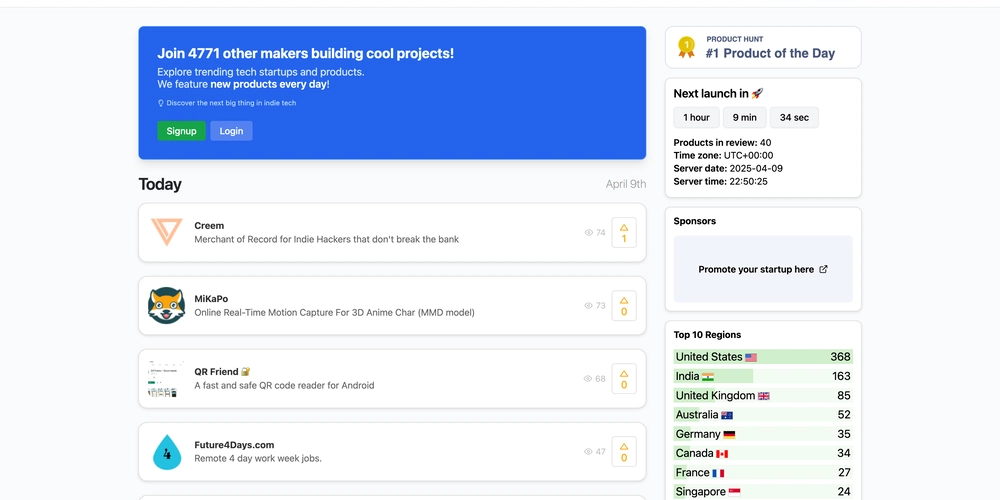Types of Human Resource Information Systems (HRIS System)
Imagine running a fast-growing startup. You begin with five employees—easy to manage. A few months later, that number jumps to 30. Before you know it, you’re juggling spreadsheets, tracking leave balances in emails, storing employee data on shared drives, and using five different tools to manage HR tasks. Sound familiar? That’s exactly where the Human Resource Information System (HRIS) steps in. An HRIS is no longer a luxury—it's a necessity. Whether you're a startup founder, HR manager, or CEO of an established company, understanding the types of HRIS system is crucial for making informed decisions. Let’s break it down, storytelling-style, and explore the different types of HRIS systems that are transforming businesses across the world. What is an HRIS System? Before diving into types, let’s get on the same page. An HRIS (Human Resource Information System) is a software solution that helps organizations manage various aspects of HR operations like employee data, recruitment, payroll, performance, training, and more. It streamlines HR processes, reduces paperwork, and enhances decision-making through data analytics. But not all HRIS systems are built the same. Based on business needs, size, and functionality, HRIS systems can be classified into several types. Types of Human Resource Information Systems (HRIS System) 1. Operational HRIS: The Backbone of HR Departments Think of this as your daily driver. Operational HRIS handles day-to-day tasks and provides data required for routine HR decisions. Key Features: Employee information management Attendance and leave tracking Job and position details Recruitment status Workflow automation Real-World Use Case: A retail chain with hundreds of store employees can use Operational HRIS to maintain shift schedules, attendance logs, and employee performance metrics—all in one place. Best For: Organizations seeking to automate and streamline daily HR operations. 2. Tactical HRIS: The Planner’s Best Friend Planning for tomorrow starts with the right tools today. Tactical HRIS supports decision-making in areas such as recruitment, compensation planning, and employee development. Key Features: Recruitment tracking Salary planning and analysis Employee development plans Job analysis and evaluation Real-World Use Case: A software firm expanding into new markets uses Tactical HRIS to assess which departments need staffing and how to attract and retain top talent. Best For: Mid-sized to large companies focusing on strategic growth and development. 3. Strategic HRIS: Future-Proofing the Workforce What if your HR system could help plan for the future, not just manage the present? Strategic HRIS supports long-term planning and aligns HR goals with organizational strategy. Key Features: Workforce planning Succession planning Talent management Organizational trend analysis Data forecasting Real-World Use Case: A multinational firm uses Strategic HRIS to forecast talent shortages over the next five years and proactively build a leadership pipeline. Best For: Large enterprises focusing on long-term HR strategy and scalability. 4. Comprehensive HRIS: The All-in-One Solution Why juggle five different tools when one powerful platform can do it all? Comprehensive HRIS combines operational, tactical, and strategic functions into one robust system. Key Features: Full employee lifecycle management Payroll and benefits integration Learning and development Compliance and risk management Analytics and reporting dashboards Real-World Use Case: A fast-growing tech company integrates all HR functions into a single platform to improve efficiency and cut costs by 40%. Best For: Companies looking for a centralized HR ecosystem with maximum functionality. 5. Analytical HRIS: The Data Whisperer Numbers don’t lie—if you know how to read them. Analytical HRIS focuses on gathering, analyzing, and visualizing HR data to uncover patterns and support high-level decision-making. Key Features: Predictive analytics HR metrics dashboards Employee turnover analysis Performance data tracking Real-World Use Case: An e-commerce company notices a high attrition rate and uses Analytical HRIS to find that most exits occur after 18 months, allowing them to improve engagement in that timeframe. Best For: Organizations that rely on data-driven HR strategies and want to fine-tune decision-making. 6. Cloud-Based HRIS: Access Anytime, Anywhere Remote-first? Hybrid model? Distributed teams? No problem. Cloud-based HRIS allows HR operations to function seamlessly online—perfect for today’s flexible work environments. Key Features: Remote accessibility Scalable infrastructure Automatic updates Real-time collaboration Enhanced security protocols Real-World Use Case: A startup with a global remote team implements a cloud-based HRIS to provide self-service portals, virtual onboarding, and rea
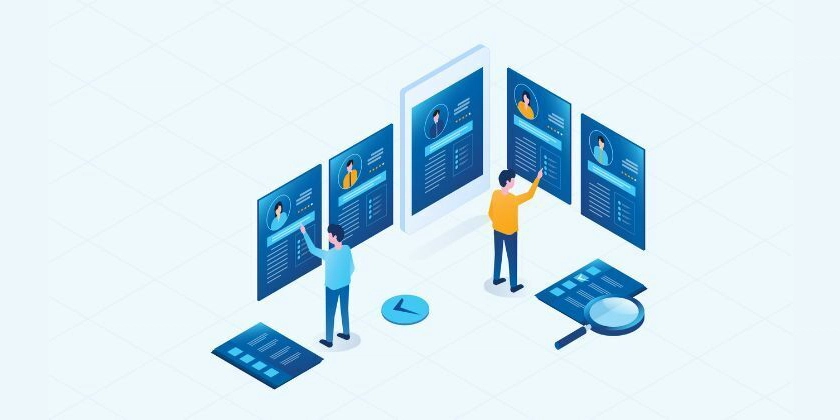
Imagine running a fast-growing startup. You begin with five employees—easy to manage. A few months later, that number jumps to 30. Before you know it, you’re juggling spreadsheets, tracking leave balances in emails, storing employee data on shared drives, and using five different tools to manage HR tasks. Sound familiar?
That’s exactly where the Human Resource Information System (HRIS) steps in.
An HRIS is no longer a luxury—it's a necessity. Whether you're a startup founder, HR manager, or CEO of an established company, understanding the types of HRIS system is crucial for making informed decisions.
Let’s break it down, storytelling-style, and explore the different types of HRIS systems that are transforming businesses across the world.
What is an HRIS System?
Before diving into types, let’s get on the same page.
An HRIS (Human Resource Information System) is a software solution that helps organizations manage various aspects of HR operations like employee data, recruitment, payroll, performance, training, and more. It streamlines HR processes, reduces paperwork, and enhances decision-making through data analytics.
But not all HRIS systems are built the same. Based on business needs, size, and functionality, HRIS systems can be classified into several types.
Types of Human Resource Information Systems (HRIS System)
1. Operational HRIS: The Backbone of HR Departments
Think of this as your daily driver.
Operational HRIS handles day-to-day tasks and provides data required for routine HR decisions.
Key Features:
- Employee information management
- Attendance and leave tracking
- Job and position details
- Recruitment status
- Workflow automation
Real-World Use Case:
A retail chain with hundreds of store employees can use Operational HRIS to maintain shift schedules, attendance logs, and employee performance metrics—all in one place.
Best For:
Organizations seeking to automate and streamline daily HR operations.
2. Tactical HRIS: The Planner’s Best Friend
Planning for tomorrow starts with the right tools today.
Tactical HRIS supports decision-making in areas such as recruitment, compensation planning, and employee development.
Key Features:
- Recruitment tracking
- Salary planning and analysis
- Employee development plans
- Job analysis and evaluation
Real-World Use Case:
A software firm expanding into new markets uses Tactical HRIS to assess which departments need staffing and how to attract and retain top talent.
Best For:
Mid-sized to large companies focusing on strategic growth and development.
3. Strategic HRIS: Future-Proofing the Workforce
What if your HR system could help plan for the future, not just manage the present?
Strategic HRIS supports long-term planning and aligns HR goals with organizational strategy.
Key Features:
- Workforce planning
- Succession planning
- Talent management
- Organizational trend analysis
- Data forecasting
Real-World Use Case:
A multinational firm uses Strategic HRIS to forecast talent shortages over the next five years and proactively build a leadership pipeline.
Best For:
Large enterprises focusing on long-term HR strategy and scalability.
4. Comprehensive HRIS: The All-in-One Solution
Why juggle five different tools when one powerful platform can do it all?
Comprehensive HRIS combines operational, tactical, and strategic functions into one robust system.
Key Features:
- Full employee lifecycle management
- Payroll and benefits integration
- Learning and development
- Compliance and risk management
- Analytics and reporting dashboards
Real-World Use Case:
A fast-growing tech company integrates all HR functions into a single platform to improve efficiency and cut costs by 40%.
Best For:
Companies looking for a centralized HR ecosystem with maximum functionality.
5. Analytical HRIS: The Data Whisperer
Numbers don’t lie—if you know how to read them.
Analytical HRIS focuses on gathering, analyzing, and visualizing HR data to uncover patterns and support high-level decision-making.
Key Features:
- Predictive analytics
- HR metrics dashboards
- Employee turnover analysis
- Performance data tracking
Real-World Use Case:
An e-commerce company notices a high attrition rate and uses Analytical HRIS to find that most exits occur after 18 months, allowing them to improve engagement in that timeframe.
Best For:
Organizations that rely on data-driven HR strategies and want to fine-tune decision-making.
6. Cloud-Based HRIS: Access Anytime, Anywhere
Remote-first? Hybrid model? Distributed teams? No problem.
Cloud-based HRIS allows HR operations to function seamlessly online—perfect for today’s flexible work environments.
Key Features:
- Remote accessibility
- Scalable infrastructure
- Automatic updates
- Real-time collaboration
- Enhanced security protocols
Real-World Use Case:
A startup with a global remote team implements a cloud-based HRIS to provide self-service portals, virtual onboarding, and real-time performance feedback.
Best For:
Modern businesses with distributed teams or remote-first culture.
7. On-Premise HRIS: For Those Who Like Full Control
If data control is your top priority, this one’s for you.
On-premise HRIS is installed on a company’s internal servers and is managed in-house.
Key Features:
- Full data control
- Customizable features
- High security (when properly managed)
- One-time license purchase
Real-World Use Case:
A financial institution prefers on-premise HRIS to ensure complete control and compliance with strict data regulations.
Best For:
Companies with strong internal IT teams and strict compliance requirements.
Choosing the Right HRIS System: Key Questions to Ask
Before picking an HRIS, consider the following:
- What are your HR goals (daily operations vs. long-term planning)?
- How big is your team and how fast are you growing?
- Do you need cloud access or is data control a bigger concern?
- What’s your budget and IT support like?
The answers will help you align with the right system that’s tailor-made for your business.
Conclusion
In the evolving world of HR, relying on outdated methods is like using a flip phone in a smartphone world. Whether you're scaling up, planning for the future, or simply trying to untangle your HR processes, there’s an HRIS system designed just for you.
Pick the right type, and it won’t just be a tool—it’ll be your HR team’s secret superpower.











































![Mobile Legends: Bang Bang [MLBB] Free Redeem Codes April 2025](https://www.talkandroid.com/wp-content/uploads/2024/07/Screenshot_20240704-093036_Mobile-Legends-Bang-Bang.jpg)








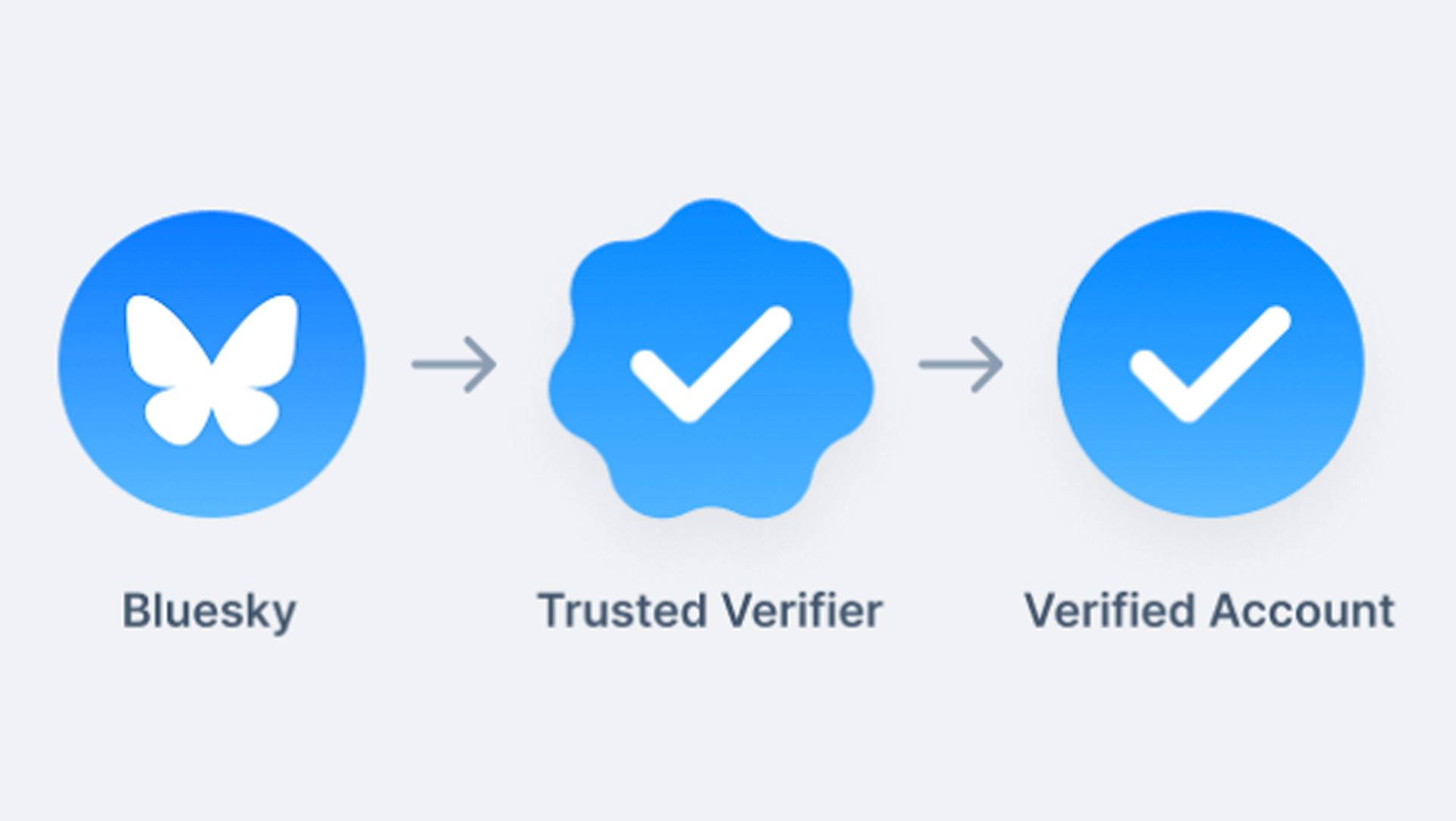

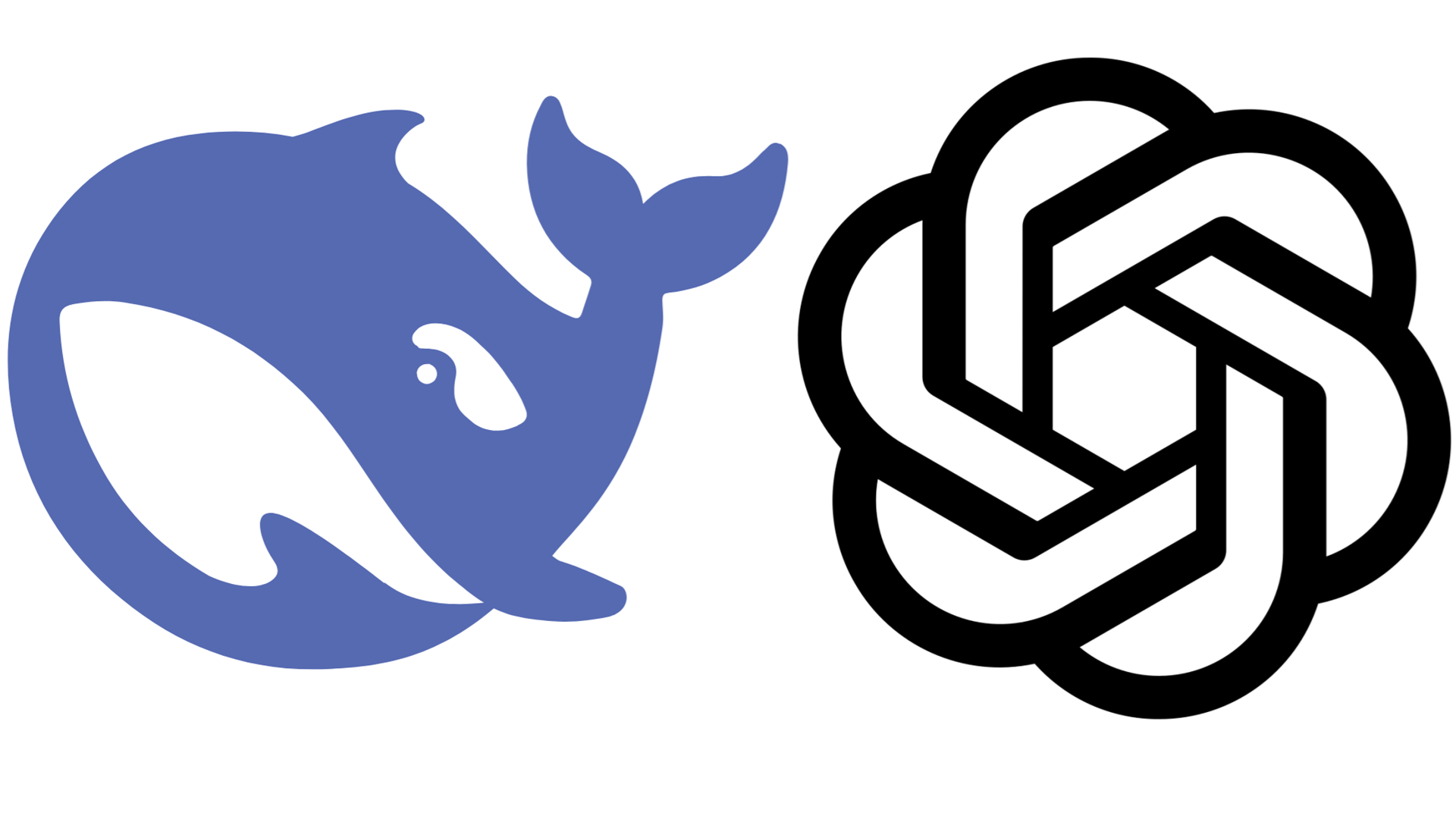












![Apple Releases iOS 18.5 Beta 3 and iPadOS 18.5 Beta 3 [Download]](https://www.iclarified.com/images/news/97076/97076/97076-640.jpg)
![Apple Seeds visionOS 2.5 Beta 3 to Developers [Download]](https://www.iclarified.com/images/news/97077/97077/97077-640.jpg)
![Apple Seeds tvOS 18.5 Beta 3 to Developers [Download]](https://www.iclarified.com/images/news/97078/97078/97078-640.jpg)
![Apple Seeds watchOS 11.5 Beta 3 to Developers [Download]](https://www.iclarified.com/images/news/97079/97079/97079-640.jpg)

































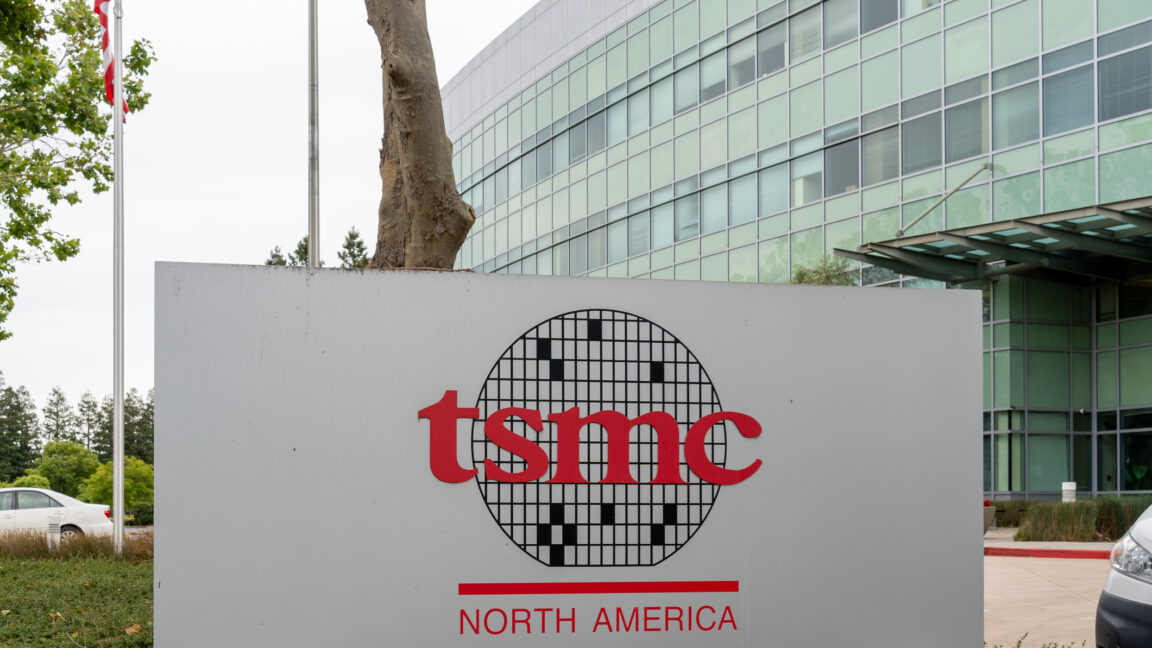




































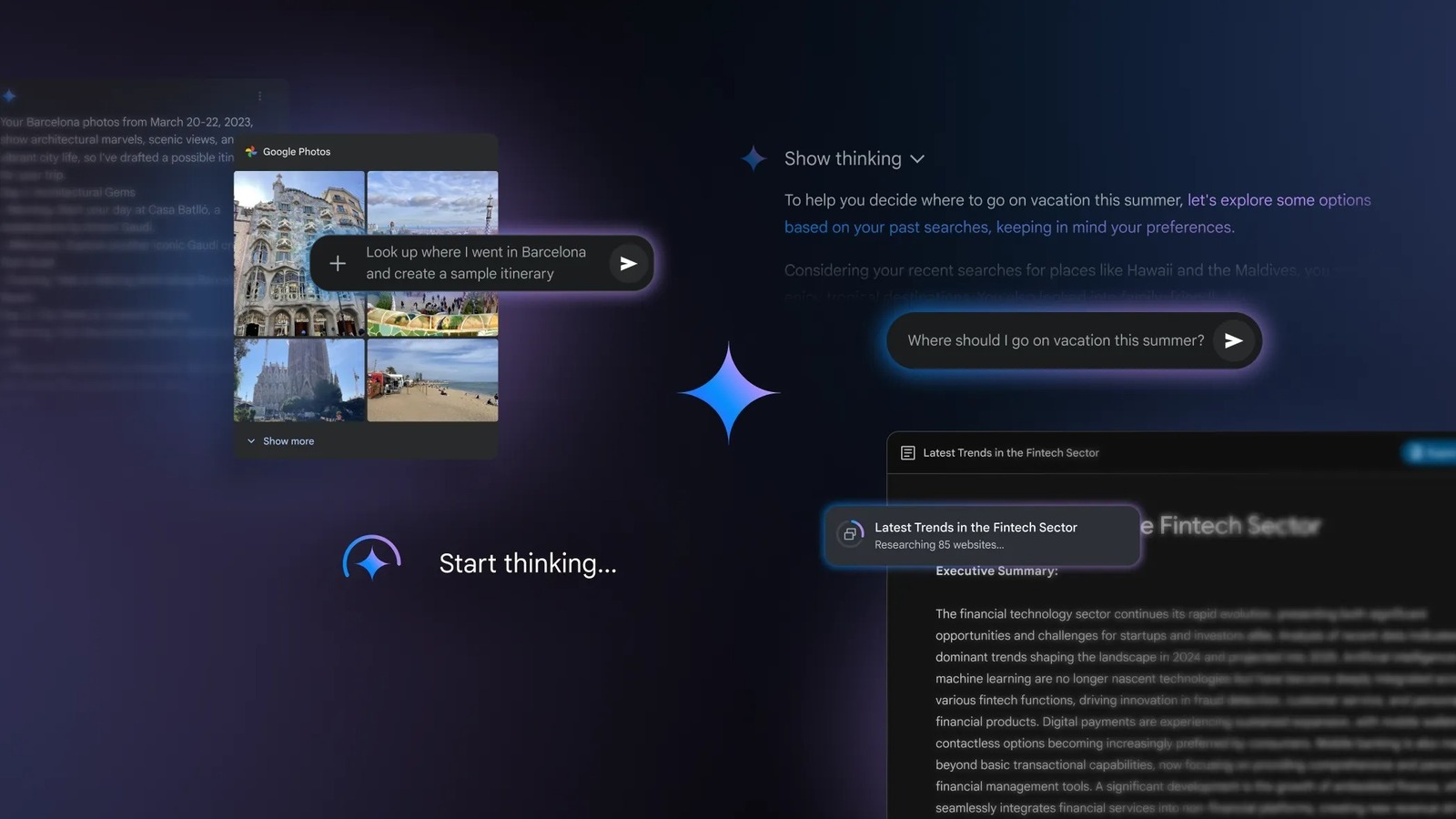



























































































































![[The AI Show Episode 144]: ChatGPT’s New Memory, Shopify CEO’s Leaked “AI First” Memo, Google Cloud Next Releases, o3 and o4-mini Coming Soon & Llama 4’s Rocky Launch](https://www.marketingaiinstitute.com/hubfs/ep%20144%20cover.png)






























































































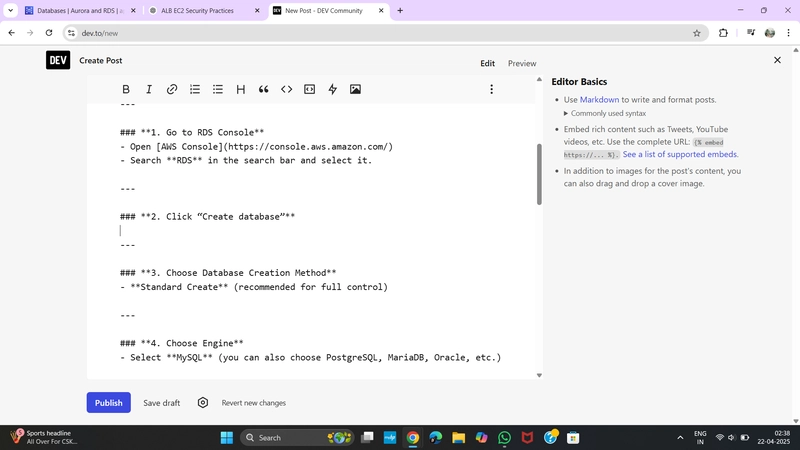
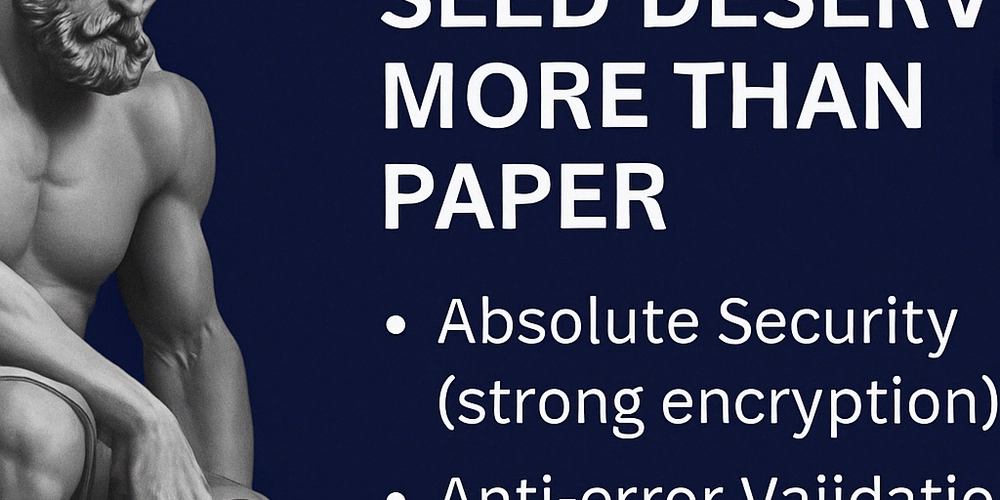
























![BPMN-procesmodellering [closed]](https://i.sstatic.net/l7l8q49F.png)

















![From fast food worker to cybersecurity engineer with Tae'lur Alexis [Podcast #169]](https://cdn.hashnode.com/res/hashnode/image/upload/v1745242807605/8a6cf71c-144f-4c91-9532-62d7c92c0f65.png?#)



































.jpg?#)
.jpg?#)
.jpg?#)























































